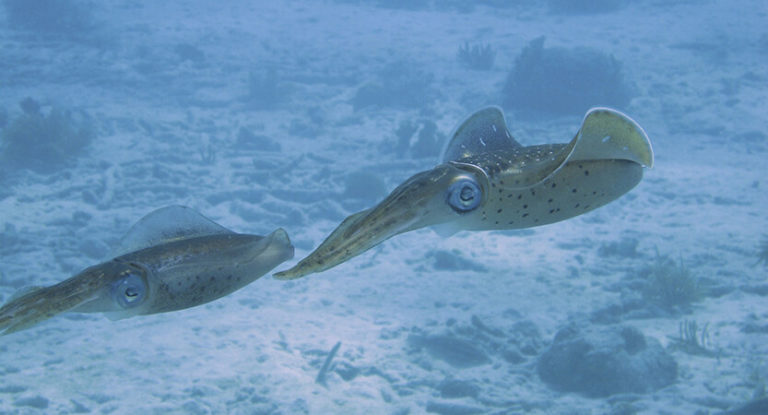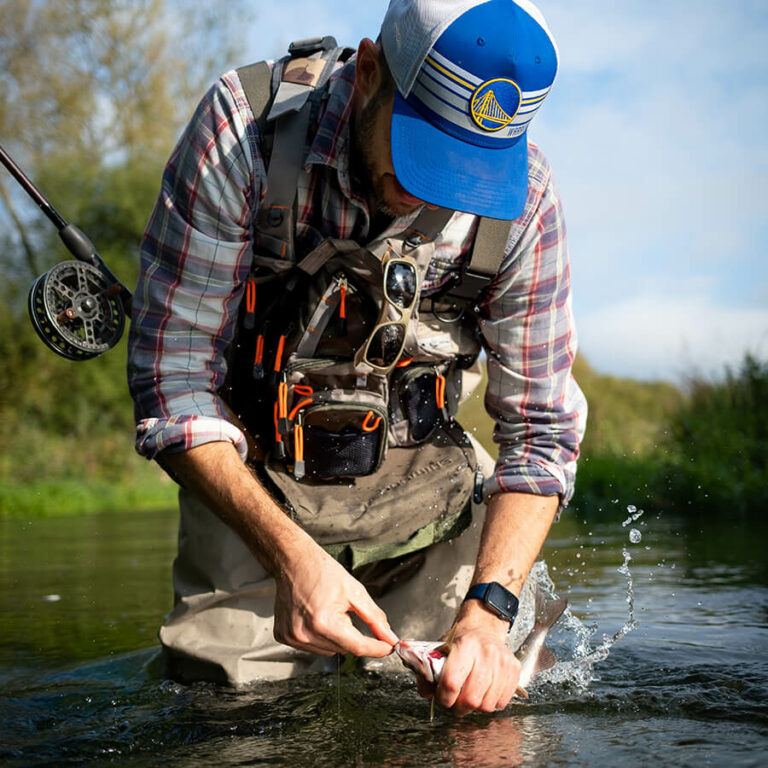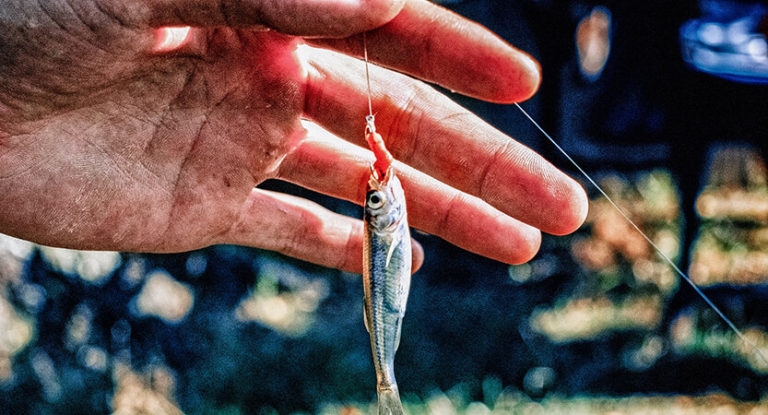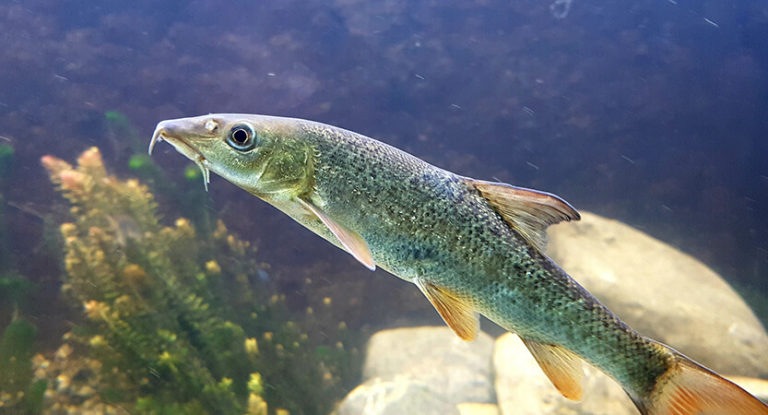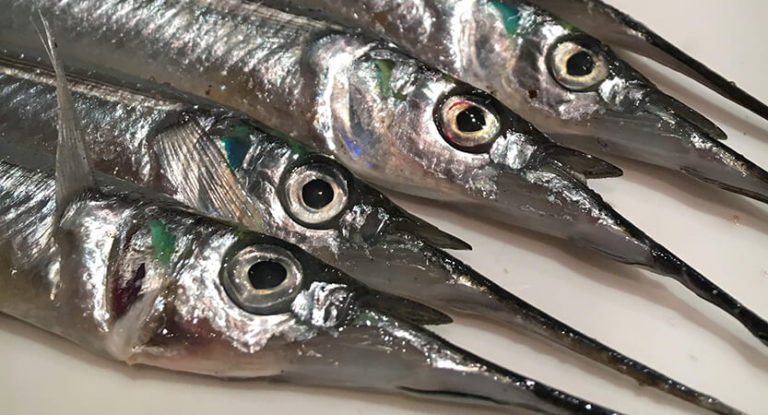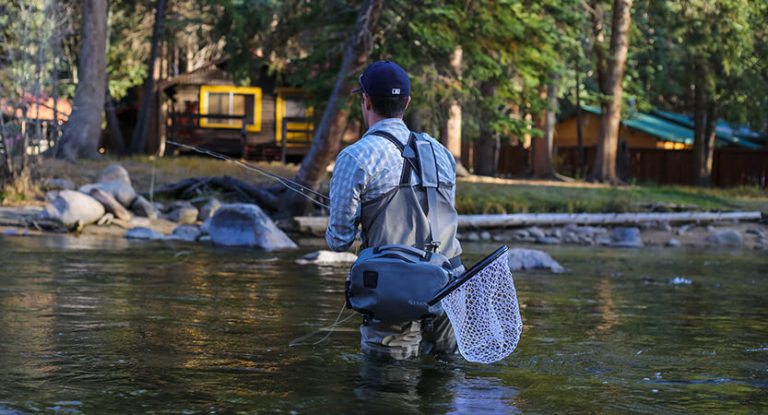On a fishing trip, a fisherman engulfed in excitement is hardly interested in any parameters of the prey that fell on his hook – he is only interested in its size and weight. But sometimes you want to determine the age of the fish, at least in the order of general development. After all, it is interesting not only to be photographed with a trophy pike in order to arouse the envy and respect of colleagues, but also to find out how many years she avoided the angler’s hook.
In this publication, we will get acquainted with the most popular methods for determining the life expectancy of representatives of various freshwater fish species . This knowledge is unlikely to affect the improvement of fishing methods and the gastronomic properties of production, but it will definitely affect the general development and raising of self-esteem. After all, it is so pleasant to taste a dish of trophy carp, which for fifteen years led other anglers by the nose, but could not resist your skill!
Here is an overview of the content of this tutorial, feel free to jump to any section you care about:
For more fishing instructions, take a look at these popular Trizily links: Best Spinning Reels, Best Baitcasting Rods.
The relationship between size and food supply
The most common way to determine the age of freshwater fish fauna is by size analysis. It would seem that what is simpler: the larger the fish, the more respectable its age. In some cases, this position is correct, but there are many deviations from the average statistical norm.
Yes, fish do grow their whole life. For example, a river catfish, which has lived for about half a century, can weigh more than a centner. However, his peer, who lives in another body of water, may have a mass of twenty kilograms that way. Or less – it all depends on additional factors, the main of which is the characteristics of the feed base.
In a small reservoir in conditions of tough food competition, fish does not grow large. Moreover, even for the first spawning, she leaves later than peers living in more free conditions (in a deep river or on a large flowing lake). And there is nothing to say about artificially stocked reservoirs: there the fish are constantly fed (usually with special compound feed), so that it can reach maturity and quite decent size in record time.
Annual rings on scales
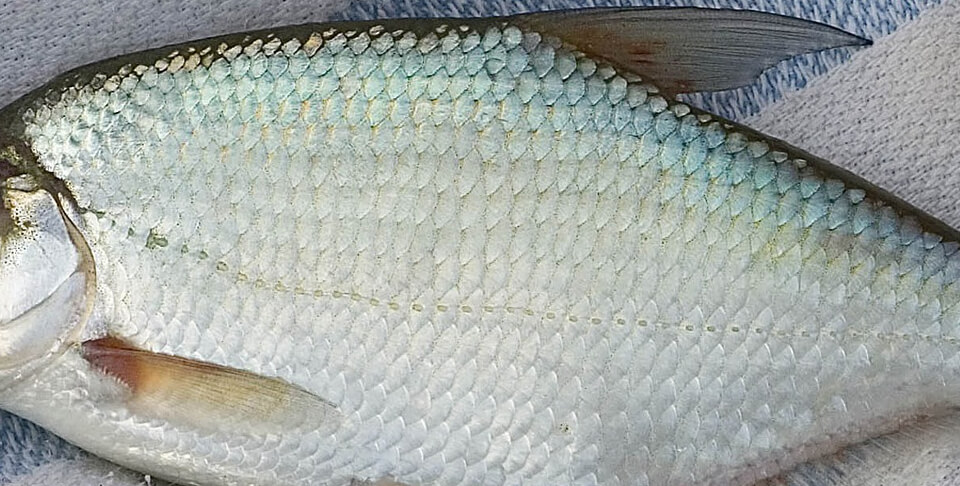
Ichthyologists determine the age of most fish species by scales. This method is as informative as possible and does not require complex laboratory equipment, so it can also be adopted by amateur fishermen.
The fact is that the scales are heterogeneous: upon close examination, you can see its wavy structure. And if you use the magnifying optics, you can be amazed at the amazing similarity between the scales and the cross-section of the tree: in both cases, pronounced annual rings are observed! Here you can find out the exact age of a particular fish.
Let’s take a look at the structure of the scales . The first scale of the fry is a miniature and almost transparent plate. The fish grows, and layers appear on the scales every year. As a result, the oldest plate is located on top of the scale (it is the smallest), and below is the layer of the current year, the youngest and largest in area. The number of these layers is a marker of age.
The boundaries of these layers form a kind of annual rings called sclerites. On the scales, sclerites are arranged in pairs: lighter and wider alternating with a narrow darker furrow. Sclerites of the first type indicate favorable periods in the life of a fish, when it is well fed and actively growing. Narrow dark furrows are a hungry passive time, usually falling in winter. It happens that winter sclerites are narrow to the point of indistinguishability, which means that a particularly difficult wintering has fallen for this individual .
To determine the age of the fish, sclerites are counted in pairs. It happens that it is quite difficult to do this without certain skills: the ridges and grooves on the scales are unevenly distributed, and sometimes even merge, because in natural habitat conditions there is no year after year.
Preparing scales for research
To study the scales, it is better to use a microscope, but in the absence of one, you can do with a strong magnifying glass. In any case, for representatives of the carp family with large rounded scales, an increase of several times is sufficient. Small scales of pike or tench will be much more difficult.
For research, the largest plates are taken from the sides of the fish. Choose undamaged plates with the most flat surface – they are better visible on the annual rings. If necessary, you can clean the test flake with alcohol, ammonia or other disinfectant, but usually rinsing with water is sufficient. It is better to put the object of study on a clean glass and apply good light to it.
When counting sclerites, the exact age of the fish caught on your hook is determined. Moreover, when examining scales and applying special formulas, ichthyologists calculate how many centimeters a particular specimen has grown in the previous year. You can also get information about spawning , because the scales of some fish break off during the breeding season. For some species, this is especially important: for example, representatives of the salmon family (some subspecies) go to spawn when they reach ten or even twenty years of age.
What’s interesting: this method is informative not only for fresh fish: rotten, lying in the freezer, formalized and even completely rotten is suitable – the information on the scales is preserved.

Determination of age by bones
Some fish species have very small and thin scales (for example, the same perch or burbot), and some representatives of the ichthyofauna are completely devoid of it. Other options are also possible: for example, the average eel grows overgrown with weak scales for 3-4 years of life.
An alternative method for determining the number of years lived by a fish is to examine its bones and cartilage. It can be combined with the “scaly” method, specifying its indications.
The study of gill covers is most applicable at home . In large individuals, the growth rings on them are visible with the naked eye and even felt tactilely. The preparation of the material for research is extremely simple: we take a fresh fish carcass, separate the gill cover, clean it from soft tissues with a hard sponge, wash and count the furrows.
The second option popular among ichthyologists is visual analysis of the radius . Unfortunately, in domestic conditions it is of little use: it requires painstaking preparation of the drug and its study under a powerful microscope.
This method is used mainly in relation to representatives of the sturgeon and catfish family, that is, representatives of freshwater ichthyofauna, completely devoid of scales. The object of the study is the rays of the pectoral fins, more precisely, their thinnest sections. It is not possible to prepare a preparation without special equipment and reagents: the cuts should be practically transparent.
Oceanologists thus easily determine the age of sharks, without using any special devices. On a cleaned ray of an unpaired fin, annual marks are visible immediately, but agree: it is unlikely that a sea robber will fall into your hook.
When studying some species of fish, in particular, burbot, cross-cuts of the vertebrae can be considered: annual rings are clearly distinguishable on them, as on fresh hemp. By the way, burbot scales do not record information at all!
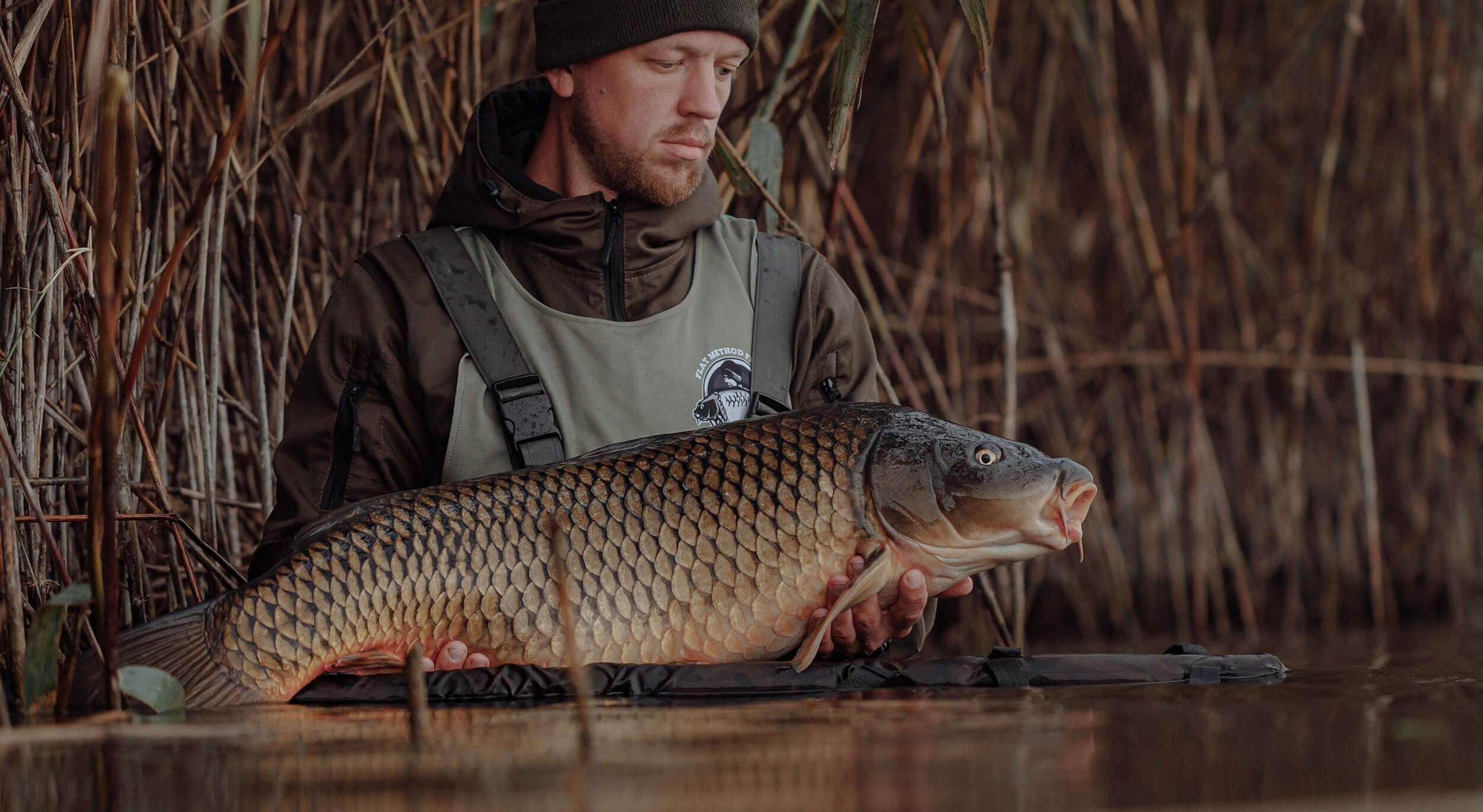
Otolith research
If you’ve ever butchered a carp’s head (don’t frown – some consider it a real delicacy and enjoy parsing and sucking on the bones), you’ve probably seen strange white formations that resemble bizarre pebbles. These are otoliths, which are often called ear stones in everyday life. They consist mainly of calcium salts – phosphates and carbonates – and are elements of the organ of balance. By the way, humans also have otoliths( or statoconium or otoconium or statolith).
Only fresh fish is suitable for age determination by otoliths (by the way, the same applies to bones). When stored in any way, bones and otoliths quickly become cloudy, and annual rings become indistinguishable.
Otoliths are removed, thoroughly cleaned and clarified by grinding or using special reagents. Large samples are broken or sawn, light-permeable preparations are fixed on the instrument glass with a transparent sticky mass. In a word, again you cannot do without a laboratory!
For ordinary fishermen, which we are, the exact age of the caught bream, carp or pike is not particularly important, so if you get lost a little when calculating, there will be no big trouble. The main thing is that the catch is more impressive in size, and we leave the painstaking research to ichthyologists!

